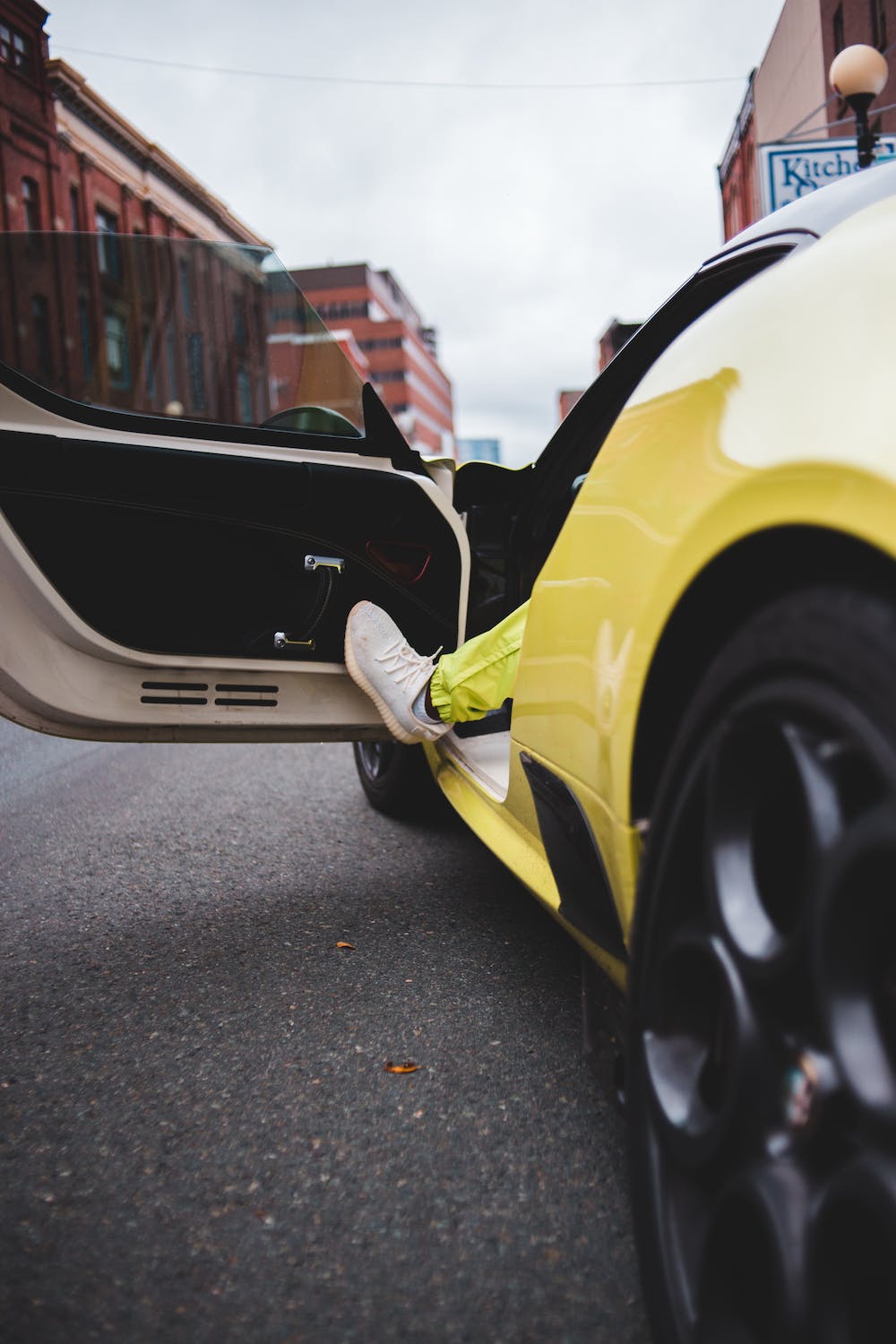
|
(519) 742-7774 Free initial Consultation Home and Hospital Visits Available |
|||
Navigating City Streets Safely: Essential Tips for Bicycle Riders |
|
June 01, 2023, Kitchener, Ontario Posted by: Robert Deutschmann, Personal Injury Lawyer
1. Know and Obey Traffic Laws:Just like any other vehicle on the road, bicycles must adhere to traffic laws and regulations. Familiarize yourself with local cycling laws, traffic signals, and road signs. Be mindful of one-way streets, pedestrian crossings, and bus lanes. Signal your turns using hand gestures and make sure to stop at red lights and stop signs. Following traffic laws ensures better predictability for both motorists and pedestrians, reducing the chances of accidents. 2. Stay Visible and Wear Protective Gear:Visibility is crucial when riding in city traffic. Wear brightly colored clothing during the day and reflective gear at night. Equip your bicycle with front and rear lights, reflectors, and a bell or horn to alert others of your presence. Consider using a helmet to protect yourself from potential head injuries. By making yourself visible, you greatly enhance your safety on the road. 3. Be Mindful of the "Dooring" Risk:A common danger in city streets is the risk of "dooring" – when a driver or passenger opens a car door into the path of an oncoming cyclist. To avoid this hazard, ride a sufficient distance away from parked cars, preferably within the designated bike lane. Maintain a vigilant eye for any signs of movement from inside the parked vehicles and be ready to react quickly if necessary. 4. Stay Alert and Communicate:Constant vigilance is vital when riding in busy city streets. Keep an eye on the road ahead, check your mirrors frequently, and be aware of your surroundings. Be cautious of sudden lane changes, merging traffic, and unpredictable pedestrian behavior. Establish clear communication with other road users by using hand signals, making eye contact, and using your bell or horn when necessary. 5. Choose Safer Routes and Avoid High-Traffic Times: Plan your route to prioritize safer roads and streets with dedicated bike lanes or lower traffic volumes. Many cities now have bike maps or online resources that highlight bike-friendly routes. Additionally, consider avoiding rush hour traffic if possible, as heavy congestion can increase the chances of accidents and conflicts with motorists. 6. Be Cautious at Intersections:Intersections can be particularly hazardous for cyclists due to the potential for collisions with turning vehicles. Exercise caution and position yourself correctly in the lane to make your intentions clear. Make eye contact with drivers to ensure they are aware of your presence. If available, use dedicated bike boxes or advanced stop lines at intersections to increase your visibility. 7. Watch Out for Motorists' Blind Spots:Motorists may have limited visibility of cyclists, particularly in their blind spots. Avoid lingering alongside vehicles, especially trucks and buses, as they have larger blind spots. Pass quickly and maintain a safe distance. If you can't see the driver's face in their side mirrors, it's likely they can't see you either. Conclusion:Riding a bicycle through city streets demands caution, awareness, and proactive measures to ensure your safety. By knowing and following traffic laws, staying visible, anticipating potential risks, and communicating effectively with other road users, you can significantly reduce the chances of accidents and enjoy a smooth cycling experience. Remember, prioritizing safety not only protects you but also encourages a harmonious coexistence between cyclists, motorists and pedestrians. If you or a loved one are injured in a bicycle accident you should treat the accident just like you would a car accident. Collect details, witness information and call the police if you are injured. In the case of serious injury contact one of our experienced personal injury lawyers today. You may be entitled to benefits to help you heal from your injuries. Don’t face your situation alone. |
|
| Posted under Bicycle Accidents
View All Posts |
|
About Deutschmann Law Deutschmann Law serves South-Western Ontario with offices in Kitchener-Waterloo, Cambridge, Woodstock, Brantford, Stratford and Ayr. The law practice of Robert Deutschmann focuses almost exclusively in personal injury and disability insurance matters. For more information, please visit www.deutschmannlaw.com or call us at 1-519-742-7774.
|
|
Contact us for a
free initial consultation |
Personal Injury Blog
Connect with us
Deutschmann Law concentrates its practice in matters concerning car accidents, motorcycle accidents, pedestrian accidents,bicycle accidents, catastrophic injury, serious injury, brain injury, spinal cord injury and disability insurance claims. Serving Kitchener, Waterloo, Cambridge, Brantford, Ayr, Woodstock, Guelph, Milton, Elmira, Tavistock, Tillsonburg, Ingersoll, Norwich, Elora, Fergus, New Hamburg, Ontario and surrounding areas. “Deutschmann Law Professional Corporation” is practicing under the name Deutschmann Law. © 1998 - 2025 Deutschmann Law Accident, Injury Lawyers and Disability Lawyer Site Map Disclaimer Website by We Think Solutions Full Site | Mobile Site |
 Cycling through bustling city streets can be an exhilarating and eco-friendly way to commute or explore your surroundings. However, riding your bicycle in heavy traffic poses unique challenges and potential dangers. To ensure your safety and enjoy a smooth journey, it's essential to be aware of the potential hazards and adopt a proactive approach while sharing the road with motor vehicles. Here are some valuable tips on how to ride a bicycle safely on city streets while highlighting the potential dangers to be mindful of.
Cycling through bustling city streets can be an exhilarating and eco-friendly way to commute or explore your surroundings. However, riding your bicycle in heavy traffic poses unique challenges and potential dangers. To ensure your safety and enjoy a smooth journey, it's essential to be aware of the potential hazards and adopt a proactive approach while sharing the road with motor vehicles. Here are some valuable tips on how to ride a bicycle safely on city streets while highlighting the potential dangers to be mindful of.